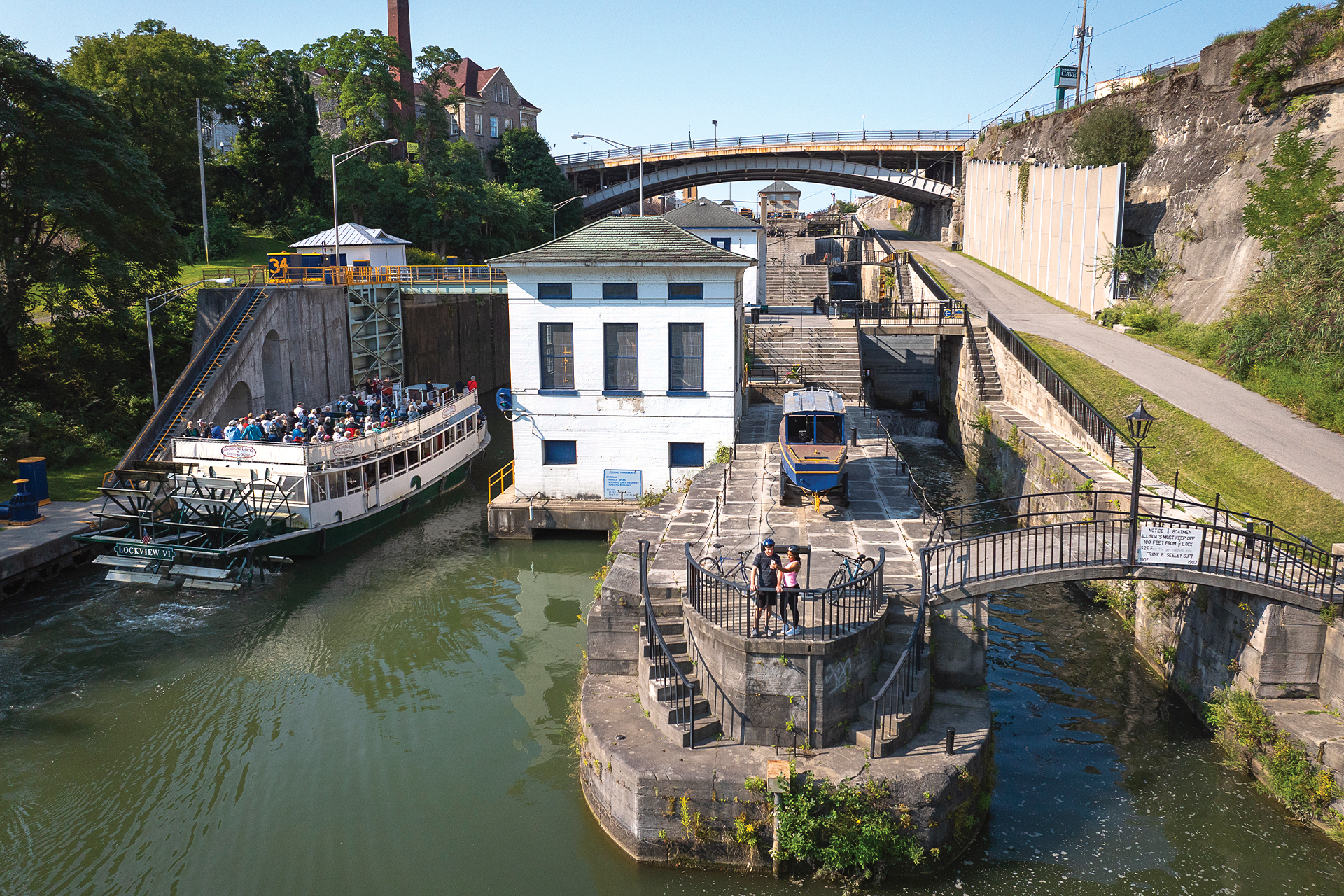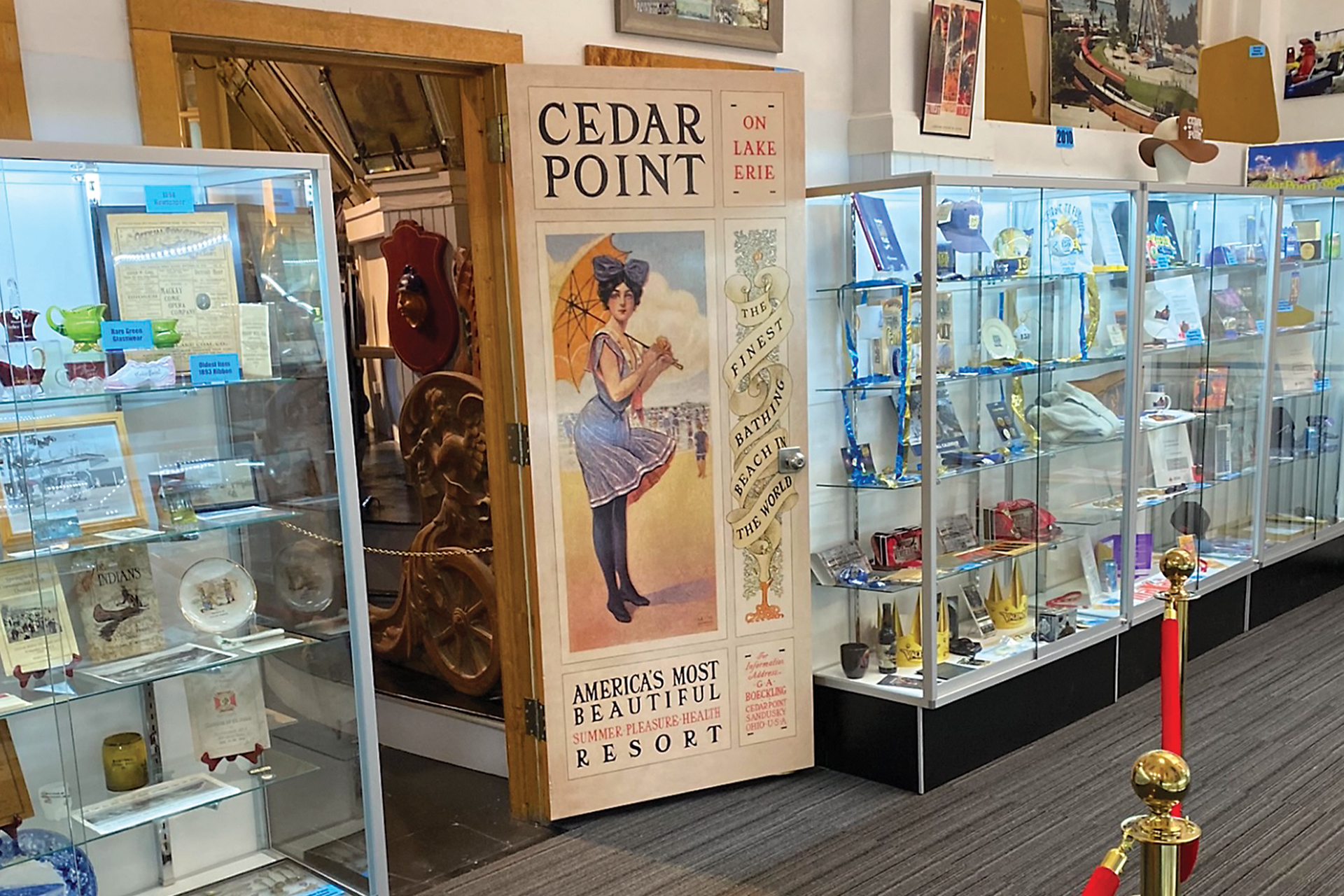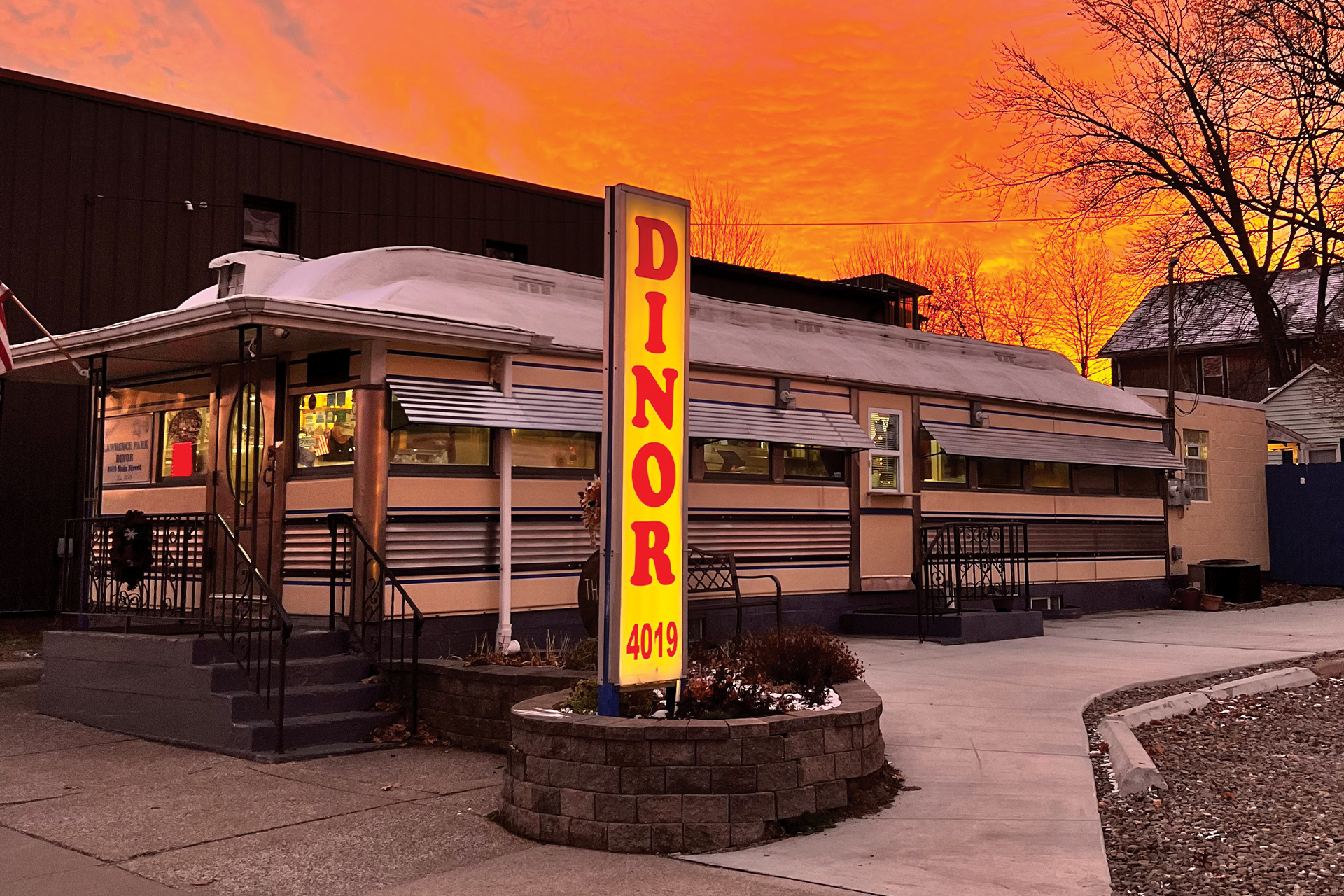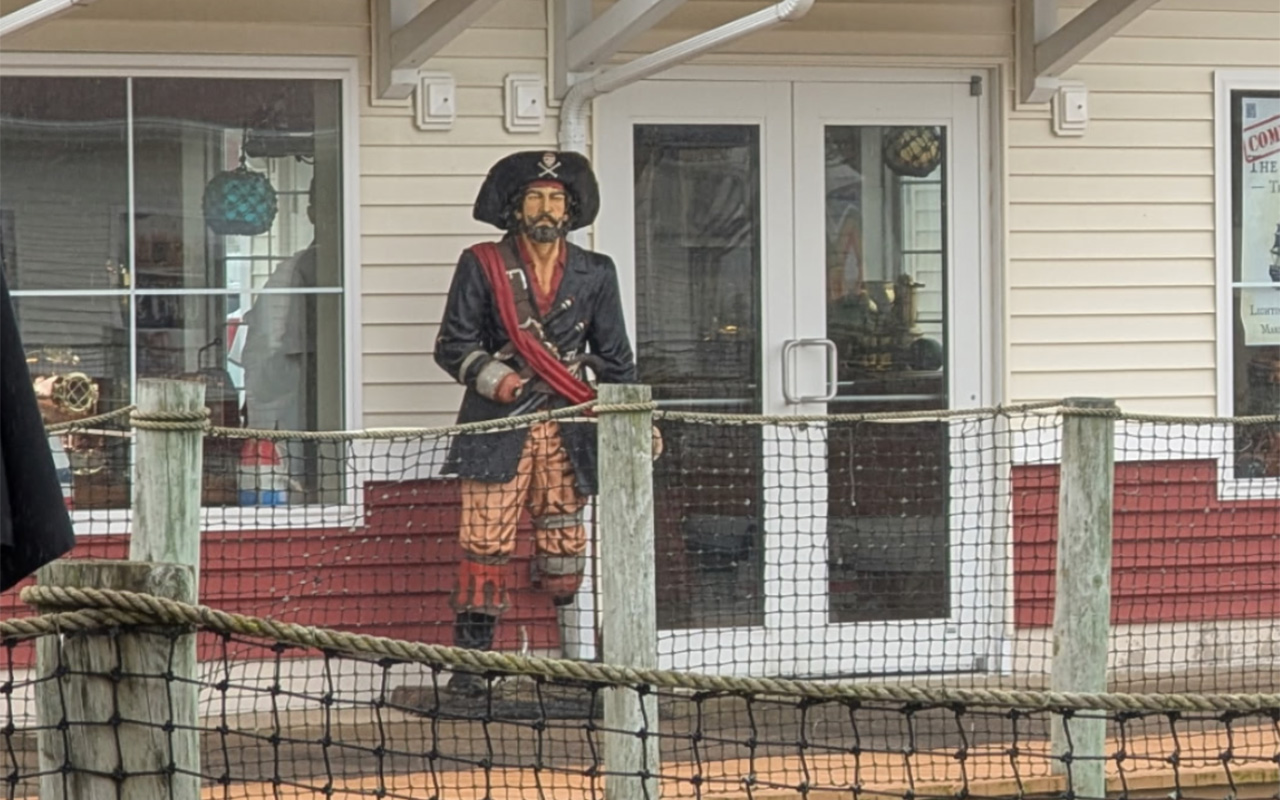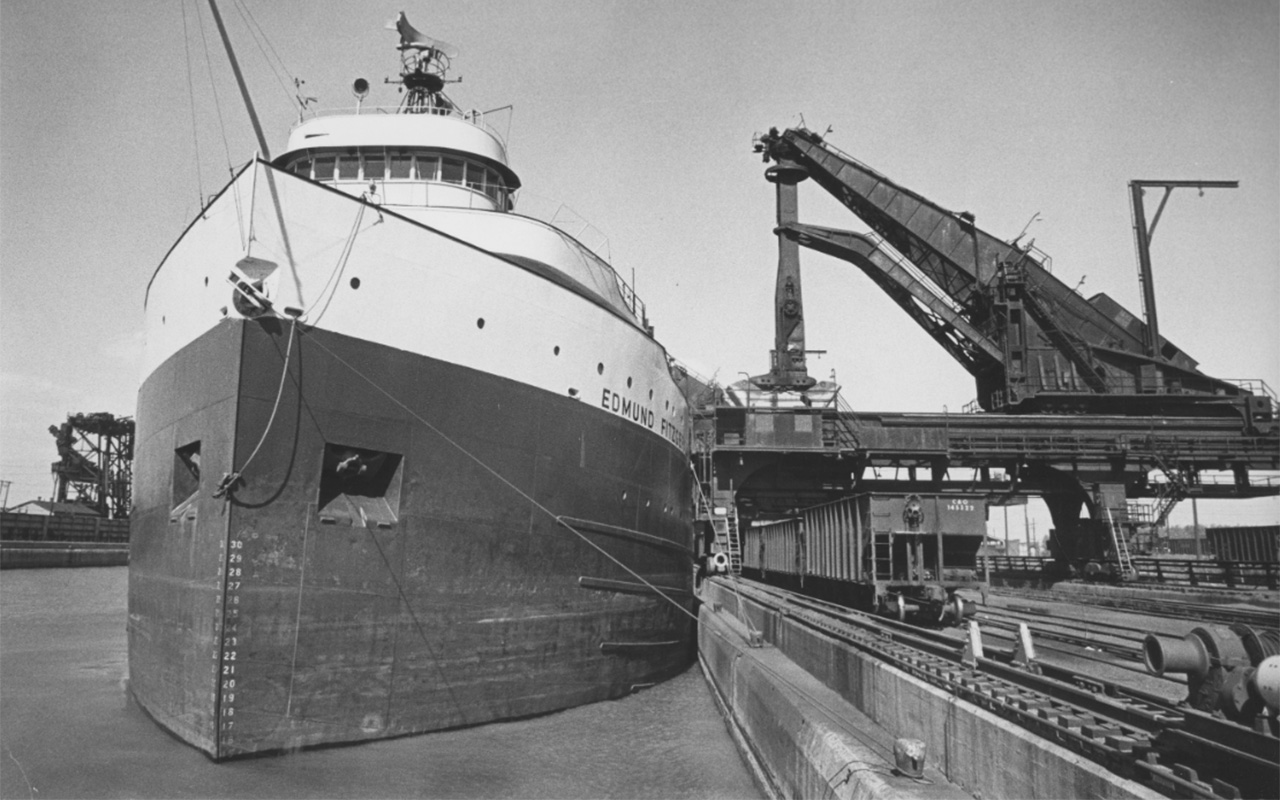Lost Lake Erie: The Great Expositions
The area around the Great Lakes was prized for its industry and innovation in the late 1800s and early 1900s — and it was common for those cities to show off their accomplishments with large-scale world’s fairs.
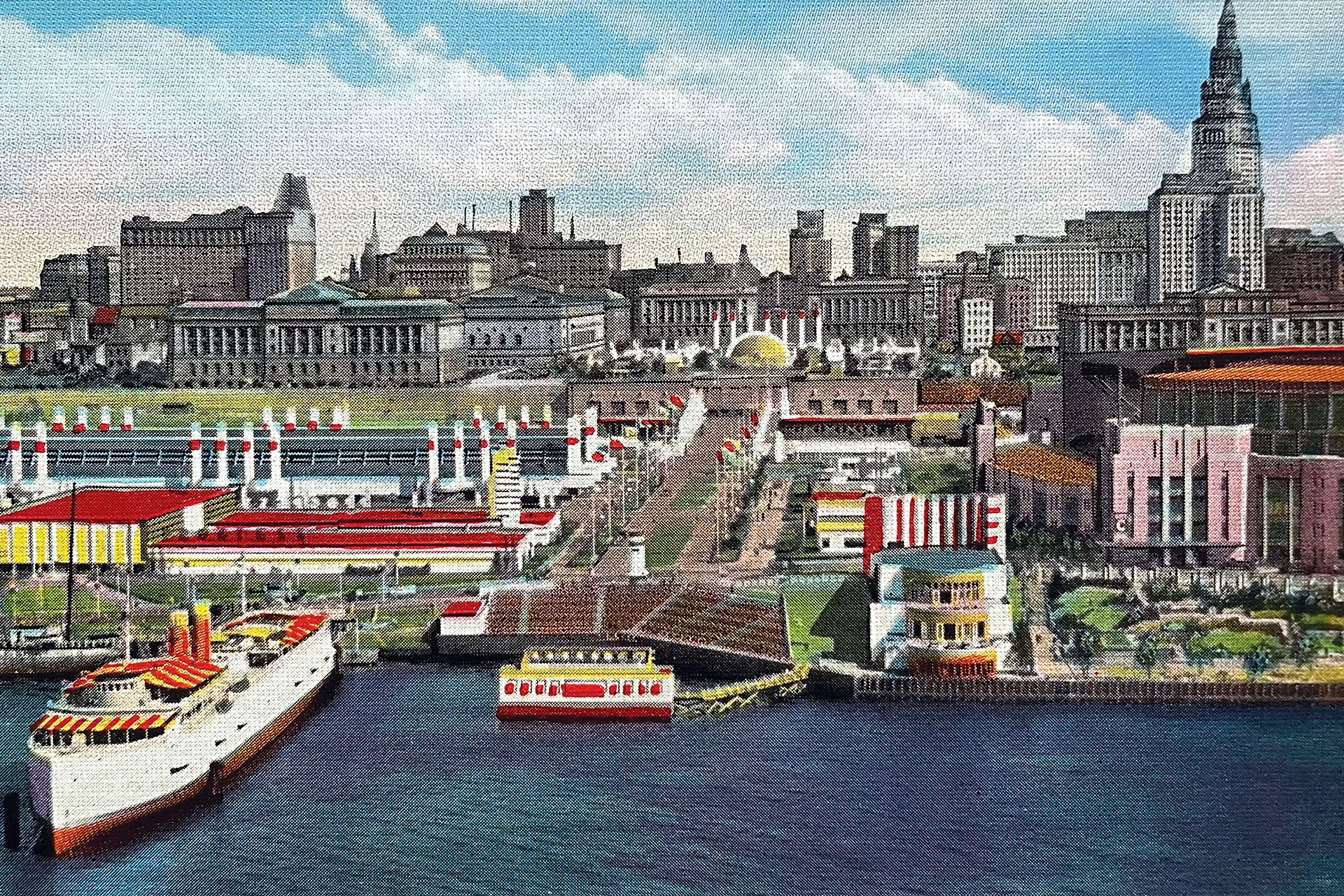
In 1889, the Detroit International Exposition opened on 72 acres near the juncture of the Rouge and Detroit rivers. Detroit wasn’t yet the Motor City, but it was still a major producer of a variety of products, from railroad cars to soap (the Detroit Soap Co.’s display was said to be particularly fragrant). More than 300,000 people came through the turnstiles in 10 days, and the fair became an annual event for several years.
Not to be outdone, in 1901, Buffalo celebrated the Pan-American Exposition, to show off, among other things, the lights powered by electricity from nearby Niagara Falls. The United States had just emerged triumphant in the Spanish-American War, and the fair was a celebration of the rise of the Western Hemisphere (hence the name Pan-American). Sadly, the exposition would become notorious as the site of the assassination of President William McKinley. The New York building is the only remaining structure, serving as home to the Buffalo History Museum.
In 1936, Cleveland hosted the Great Lakes Exposition, ostensibly in celebration of the centennial of the city’s incorporation, but more practically as a way to generate tourism and revenue during the Great Depression. Ohio’s history of presidents was celebrated, as was its industrial advances and the varying ethnic groups that had flocked to Cleveland, making it the sixth-largest city in the country. The exposition proved so popular that it returned to the city again the following year.

